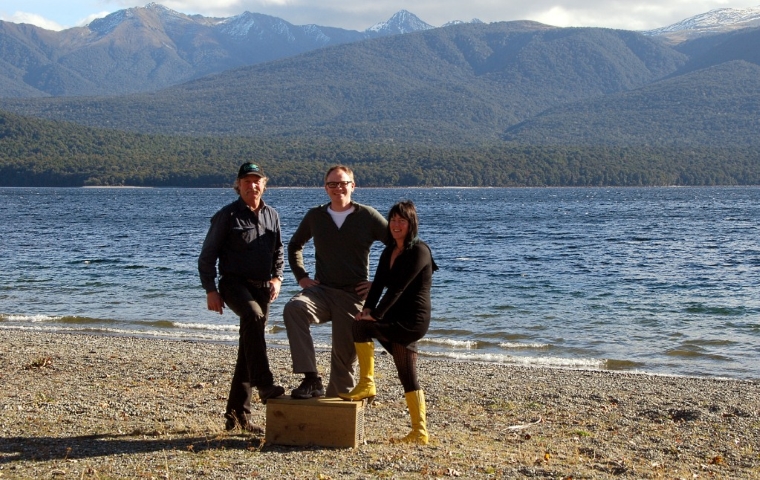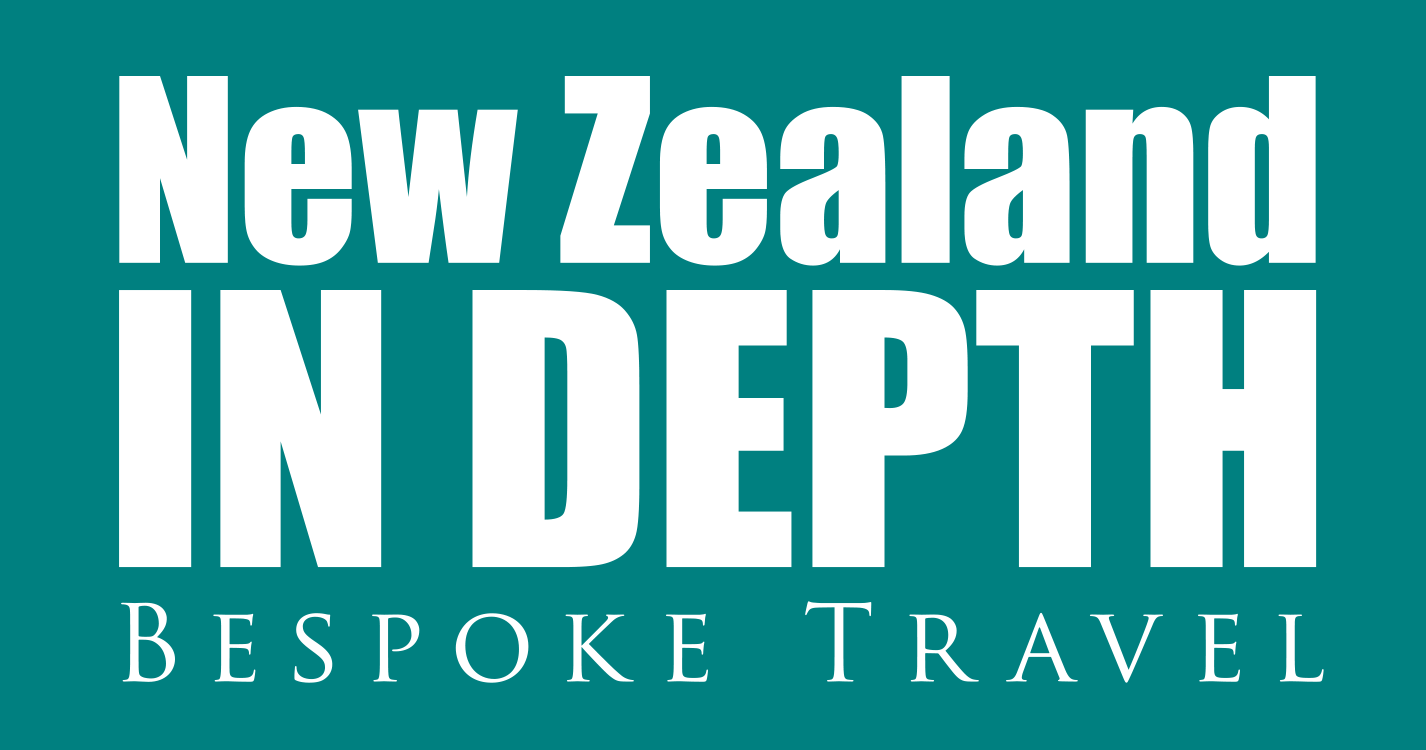Predator Free NZ’s Article About New Zealand In Depth

We believe in sustainable and responsible travel and are very proud to support a number conservation projects, like the W Jet in Fiordland, that work to protect New Zealand’s native fauna and wildlife. We do this by offering commission-free trips, that don’t cost you extra, with a number of grass roots companies who make a real difference. Predator Free NZ was set up in 2013 to protect rare and endemic species by reducing the populations of animals like rats, stoats and ferrets. We are delighted to have been mentioned by them in this article.
Tourists Keen to Contribute says UK-Based Travel Specialist
Kate Guthrie, (http://predatorfreenz.org/tourists-keen-to-contribute-says-uk-based-travel-specialist)
“DIY – it’s in our DNA,” according to the TV advertisement slogan of a well-known New Zealand hardware chain. Kiwis pride themselves on their practical skills – their ‘can-do attitude’ and ‘do-it-yourself’ fixing skills – so when conservation budgets got smaller and the nation’s wildlife crisis continued to grow, ordinary kiwis rolled up their sleeves and set to work trapping the rats, possums, stoats and other introduced predators in forests and wetlands, on seashores and dunes and even in their own back yards.
Spurred on by the ‘Predator Free New Zealand’ movement, and with a Government-set target of the Year 2050 to rid New Zealand of all its rats, stoats and possums, New Zealanders from all walks of life are fighting together to turn their conservation crisis around before more of their uniquely weird and wonderful wildlife gets eaten to extinction.

It’s a mission that’s shared by young and old. The ‘active retired’ are hanging up their business suits and donning swanndri as they take their turn at checking the local traplines. When New Zealand school children learn about conservation, they make insect hotels to encourage native weta. But that’s just the beginning. In many schools they’re also learning to identify predator footprints from tracking tunnels they’ve made themselves and they’re learning how to set traps to catch those introduced pests.
Can New Zealand do it alone? Possibly. But that’s not to say the nation couldn’t do with some help.
New Zealand’s flightless kiwi, clever alpine parrot, giant weta insects and dinosaur-age survivor, the tuatara aren’t just New Zealand treasures – they’re world treasures located in New Zealand. Tourists travel from all over the globe to encounter New Zealand’s wildlife. Helping to save those same wildlife makes for a much deeper and more meaningful encounter – an opportunity that many travellers welcome, according to UK-based travel specialist Paul Carberry.
“It’s easy to put money in a pot,” he says, “But I want my clients to see, experience and understand. When clients connect with something real, it engages them. They have a great experience and they have a connection.”
Paul is based in Buxton, England and in 2003 set up travel company New Zealand In Depth, organising personalised NZ travel itineraries for travellers from the UK, USA and Europe. He first visited New Zealand in 1997 and was smitten. He’s been coming back for 20 years.
“I get my clients to go to (mainland sanctuaries) Zealandia, Maungatautari and Orokonui. For every couple who go on a Wairaurahiri jetboat trip in Fiordland, we donate $100 to operators Joyce and Johan for predator control. We donate $50 to the Okarito community for every 2-night stay by our clients and a lot of people go. We don’t make any commission when our clients go on a Farewell Spit safari. That money is donated back for predator control.”
For Paul, it’s about more than making a commission.
“We make the most money from the overall experience – things like car hire and accommodation. It’s about offering good experiences and helping New Zealand conservation in the process.”
Conservation in New Zealand is, however, not just about saving endangered wildlife. It also has that darker, grimmer side of controlling introduced predators.
“The easy thing to do is just to hide the gruesome facts about ‘killing stuff’, to gloss over it and just give people a lovely experience,” Paul says, “But we’re very open about it. We adapt our itineraries to make the messages more explicit and we’re looking for new opportunities to sponsor as well, experiences that we can to promote to our clients that will generate understanding.”
He admits that it doesn’t appeal to every potential client.
“There are a few people who say they don’t want to go – that they don’t agree with killing things. But many of our clients want to go back to New Zealand again.”
Paul would like to see more in the tourism industry contributing to New Zealand conservation – not just New Zealand tourist operators, but companies around the world, like his own, that are arranging holidays for their clients in New Zealand. He’d like it to be standard industry practice that visitors contribute to New Zealand’s predator free mission when they visit.
He also strongly supports a “conservation tax” on international visitors on their arrival in the country, with the money raised being used to fund conservation research.
Image: Paul (centre) with W Jet operators Johan Groters and Joyce Kolk and a New Zealand In Depth sponsored stoat trap


















